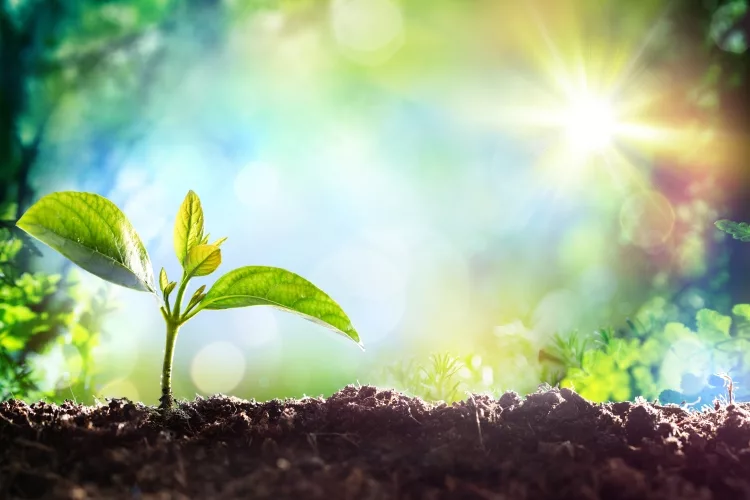reviewed by Truman Perkins
Plants are crucial for sustaining life on earth. Plants are known as autotrophs as they prepare their own food and energy through the process of photosynthesis. This process allows them to self-feed and grow.

Plants are producers that sustain their life and life on earth. All living organisms require oxygen to breathe, which is produced as a byproduct of photosynthesis in plants. Photosynthesis occurs when plants use sunlight to convert the water taken up from roots and Carbon dioxide (CO2) consumed from the air into energy and food.
High energy products such as glucose and starch are manufactured, when broken down, provides energy for the plant to grow. This process consists of the conversion of sunlight into chemical energy. Photosynthesis occurs in green plants. Pigments in plants are responsible for providing color to plants and for capturing light. In plants, photosynthesis occurs by two reactions in the chloroplast:
Classroom Project: 10 Easy Growing Beans For A Science Experiment
It's a universal fact that sunlight is crucial for plants to prepare their food and energy required to grow and bloom. If that's the case, then how will plants make food on a cloudy day? Do cloudy days impact the flowering of the plants?
The answer is yes. Cloudy days affect the flowering and photosynthesis in aquatic and land plants. Plants require sunlight to manufacture food, but they can still prepare food even when it's a cloudy day because of a sufficient amount of sunlight filtering through the clouds, which is enough for plants to carry out photosynthesis.
However, cloudy days' mean that plants produce little food or energy that they need to thrive and bloom. Plants continue to grow irrespective of the weather.
Cloudy days slow down the growth rate of plants as it slows down the rates of transpiration. In transpiration, plants carry nutrients up from the roots to the shoots using osmatic pressure and capillary action, etc. Hence, the growth rates slow down as plants cannot move nutrients up to their cells and cannot produce new energy on cloudy days due to the cold weather and high humidity.
All plants have an optimal sunlight requirement. Plants are broadly classified into three categories based on their sunlight requirements.
Full sun plants: These are the sun-loving plants that require 6-8 hours of sunlight every day to thrive. E.g., rosemary, tomatoes, aster, etc.
Partial sun plants: For survival and growth, partial sun plants require 4-6 hours of sunlight per day. Few examples include bluebells, broccoli, coral bells etc.
Minimum sun or Shade plants: These plants don't require sunlight as much as full sun or partial sun plants do. They thrive well in the shade. These plants require 3 hours or less than 3 hours of sunlight to produce food for their survival. Lamium, miniature mat daisy, and Carrots are good examples of minimum sun or shade plants.
Heterotrophs: Plants that don't have a chloroplast and don't carry out photosynthesis. They feed on other plants and organisms. Heterotrophs are found in darkness or low light conditions, such as the forest floor, as they can grow in complete darkness such as the fungi, cuscuta are examples of heterotrophs.
 |
 |
 |
 |

About Truman Perkins
Truman Perkins is a Detroit-based SEO consultant who's been in the business for over a decade. He got his start helping friends and clients get their websites off the ground, and he continues to do so today. In his free time, Truman enjoys learning and writing about gardening - something he believes is a natural stress reliever. He lives with his wife, Jenny, and their twins in Detroit.
 |
 |
 |
 |
Get new FREE Gifts. Or latest free growing e-books from our latest works.
Disable Ad block to reveal all the links. Once done, hit a button below
 |
 |
 |
 |